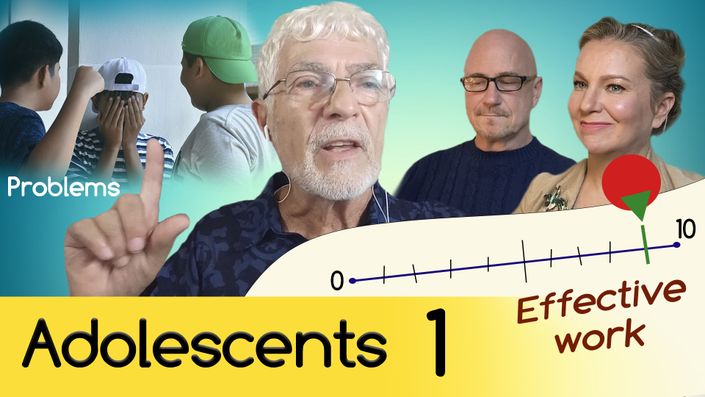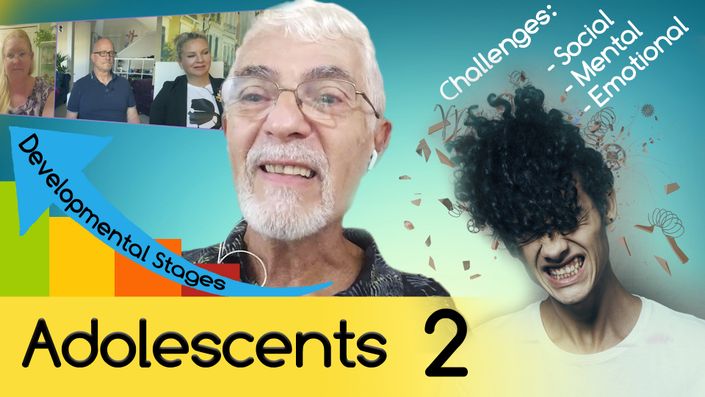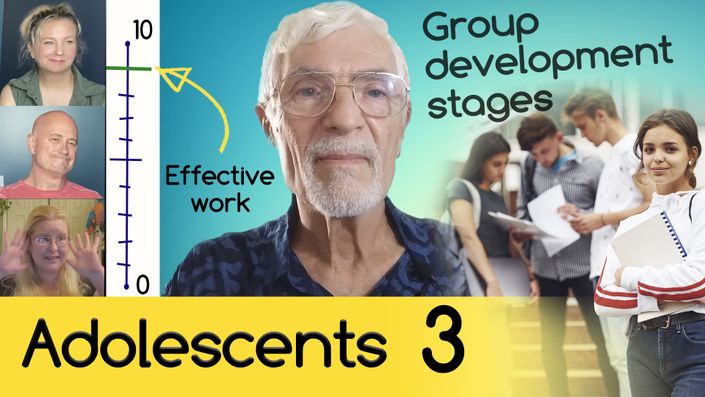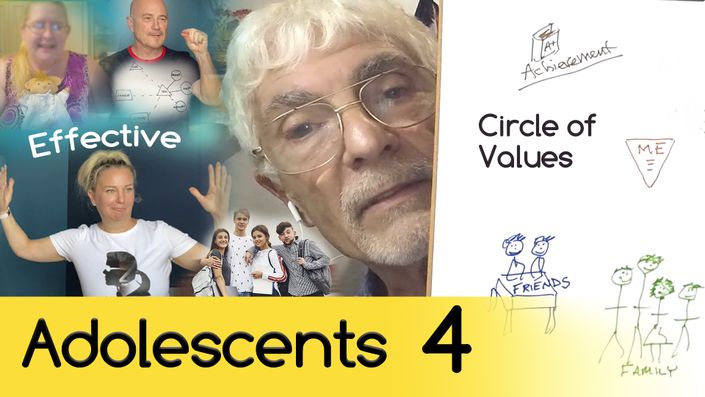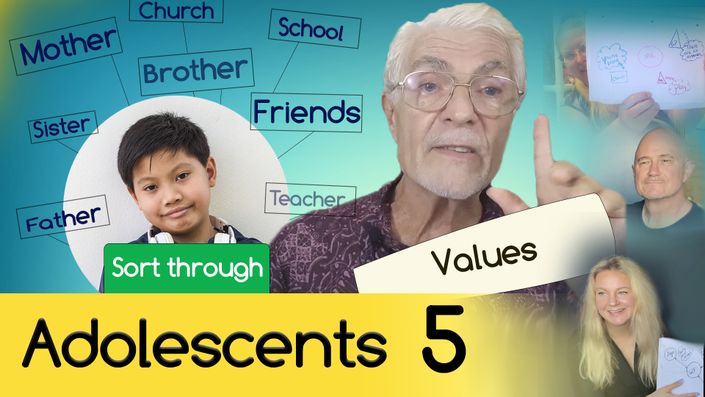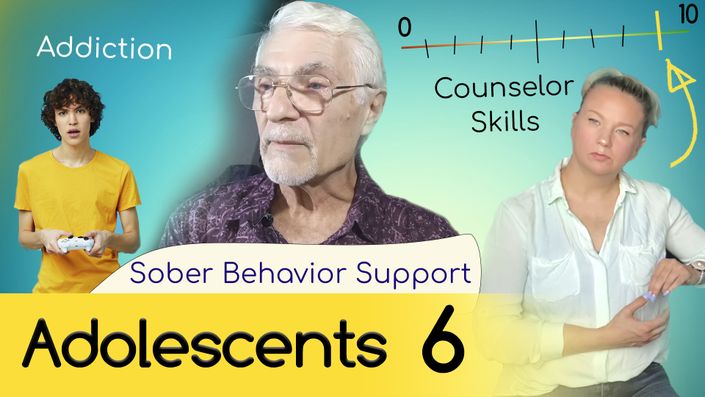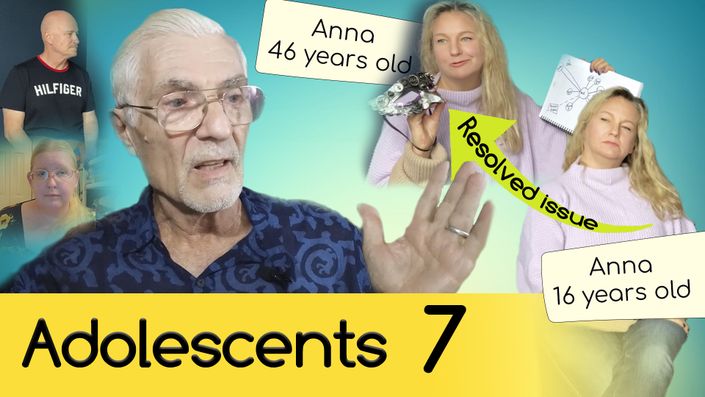
Rebels with a Cause: Working with Adolescents Using Action Techniques.
with Mario Cossa, USA/Bali
7 modules
Discover the efficacy of action methods in work with youth, under the guidance of expert Mario Cossa.
$300 (180 days access) – 7 Modules Course
Add multiple Modules and Courses to your Cart
About the course:
Working with adolescents presents a unique set of challenges due to the accelerated neurological, biological, and social changes that occur from the onset of puberty into early adulthood. This course offers an in-depth exploration of the developmental challenges specific to this population, while emphasizing the effectiveness of action methods in engaging with youth. Gain valuable insights into establishing and cultivating better working relationships with adolescents, understanding their developmental challenges, and effectively addressing issues. This course provides a transformative perspective, equipping you with the tools to better navigate the challenges of working with adolescents during this critical stage of their lives.
This course is designed for those who work with youth (11 to 24 years old):
• Therapists
• Social workers
• Psychologists
• Counselors (including substance use counselors)
• Psychodramatists
• Educators
• Coaches
• Parents
Appropriate for those who are new to action methods, as well as experienced practitioners, students in mental health fields, and those who want to develop their skills in action methods. Acting skills are not necessary.
Learning Objectives:
• Describe physical, neurological, and social changes that occur during adolescence
• Define the age range currently considered as “adolescence”
• Describe relevant examples of adolescent brain development that should inform work in groups to create safety and explain the importance of having youth group members co-create group norms and agreements.
• Define the TSM Psychodrama Prescriptive Roles of Restoration, Observation, & Containment and recite at least one action activity that supports the development of these 3 types of roles.
• List the age characteristics that divide adolescent development into various stages.
• Describe similarities and differences between developmental challenges of contemporary adolescents and those of previous generations.
• Define concisely what is meant by the terms Group Development and Group Process.
• Explain the parallels between Group Development and Individual Development.
• List and define the stages of group development and the challenges for each stage.
• Describe how to perform action activities that support the group process needed to negotiate successfully the challenges of each stage of group development.
• Describe how to facilitate an activity to elicit adolescent definitions of the concept of “values;” and list at least 5 examples of values that might be important for adolescents to explore;
• Describe the relationship of The Circle of Values to the sociometric activity The Social/Cultural Atom and facilitate the process for creating a Circle of Values on paper and in action.
•Identify the factors that contribute to resilience in youth and explain how to facilitate a range of action activities that support the building of resilience
• List and explain the four factors that contribute to the development of resilience in young people and describe the relationship between these factors and the Therapeutic Spiral Model’s Prescriptive Roles (from Module 2)
• Describe how “addictions” can be defined in physical, neurological, and behavioral terms and define the environmental and treatment factors that important to evaluate while working with substance use/abuse with youth;
• Explore a relationship with the substance(s) of choice and understand the parallels between a relationship with a drug and an abusive interpersonal relationship.
• Describe how to create the Social/Cultural Atom from a specific time in the participants' adolescence.
• List strengths that were present as adolescents and still possess, and strengths that were not part of repertoire.
• Name the roles from adolescence that no longer serve adult selves; create a new job description for these roles that would serve better in present life, and in the work with youth.
Course highlights:
• Warm Up: Describe the developmental needs of Adolescents and the ways that action methods can support youth workers in guiding members of this population.
• Directing Skills: Describe how to direct action techniques suited to working with adolescents.
• Engaging Content: Immerse yourself in 710 minutes of captivating video content featuring an international group of students, bringing the learning experience to life.
• Comprehensive Resources: Access valuable handouts to reinforce your knowledge of working with youth.
How and where to use:
• Class management
• Group engagement
• Group members to get to know each other and relate to each other
• Teaching new skills
• Conflict in the class
• New group formation
• Substance use counseling
• Therapeutic groups.
• In Clinical and non-clinical setting
• Individual and group setting
• Online and in-person (therapy, counseling, classes, group leading)
• In single sessions (classes, summer camps activities etc.)
• Parenting and parenting classes
• Substance use setting
Presenter:
Mario Cossa RDT/MT, TEP, TSM Trainer – founder and Director of Motivational Arts Unlimited, and recipient of the ASGPP Innovator’s Award, 2019. Mario brings decades of experience as a group facilitator and psychodrama director and has worked in the USA, Canada, the UK, Australia, New Zealand, Malaysia, Indonesia, Korea, and China.
Module Includes:
Main Content:
• Videos - 710 min
• Handouts - 360 min
• Test - 30 x 7 min
• Course Survey - 5 x 7 min
Recommended Content:
• Psychodrama with Adolescents. Interview with M.Cossa. Part 1.
• Psychodrama with Adolescents. Interview with M.Cossa. Part 2.
• Psychodrama with Adolescents. Interview with M.Cossa. Part 3.
• Practicum - 510 min
Hours for Certificate:
• 30.5 Hours on Action Exploration Education Certificate (applicable for Psychodrama certification - includes test, survey and practicum)
Information on Continuing Education Credits
Psychodrama professional certification training hours:
• American Board of Examiners - ABE accepts a maximum of 120 training hours for psychodrama distant learning. This module/course will count as asynchronous distance-learning as long as the primary trainer approves it.
• International Boards: You may be able to submit this certificate to your local Psychodrama board. Please contact your respective local board for information.
Experiential training hours:
• International Society of Experiential Professionals: ISEP accepts experiential training hours administered by a TEP trainer. More information will be provided shortly.
Social workers, Marriage and Family Therapists, and Professional Counselors:
• We are working on getting board's approvals and will update this information shortly.
Other Disciplines:
• You may be able to submit this certificate for credits in other mental health disciplines. Please contact your local board for information.
Course Modules
May we send you a biweekly newsletter?
When subscribed you will ONLY receive info on:
V Invitations for free limited-space courses
V Free video releases
V Newly released courses and discounts
V Invitations to our events
You will NOT receive:
X Spam
